
What is Japan known for? With one of the world's most complex and rich histories, Japan has enchanted visitors for thousands of years with its vibrant beauty and unique traditions. This country perfectly blends classical and modern; Japan preserves its traditional values and heritage while embracing innovation and new trends.
Japan is famous for everything from onsen hot springs and kabuki baths to neon-lit dance parties that last all night, anime, and modern conveyor belt sushi restaurants.
Beyond its culture, art, and cuisine, Japan is also one of the most beautiful island chains in the world. Majestic mountain landscapes and stunning lakes dominate the interior of Honshu, while coastal areas are renowned for their beautiful beaches, lush bamboo forests, and cherry blossom-covered gardens.

Explore the list of amazing things that have made Japan famous to enhance your excitement when visiting one of the world's richest cultural destinations.
What is Japan famous for? First, let's talk about the temples.
Japan is renowned for its many intricately designed temples. Even the smallest villages have a temple at the front, and many homes have their shrines.
The most famous temples in Japan consist of several buildings. Typically, there is a main temple inside with a separate worship area, sometimes not open to the public. Besides the main temple, shrine complexes often include various buildings, gates surrounded by protective statues, beautiful gardens, pagodas, and ponds. You can easily spend hours exploring the largest temples in the country, such as those around Nara (near Osaka) or Kyoto's Todai-ji.

Todai-ji Temple in Kyoto
Japan has numerous religions and sects. In Kyoto alone, with over 2,000 temples, one of the most beautiful sights is the Fushimi Inari Taisha, famous for its path through the Torii Gate Tunnel. This is a Shinto shrine.
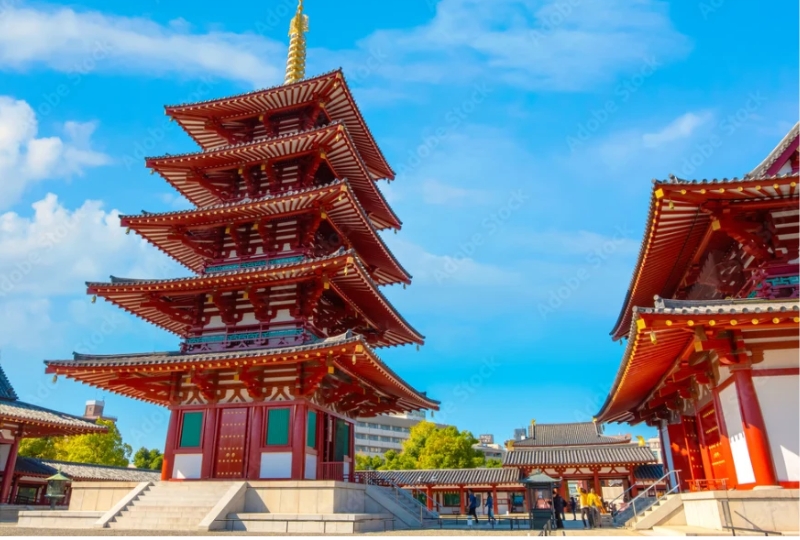
Shitennoji Temple in Osaka
From a distance, it's easy to distinguish between Shinto shrines and Buddhist temples. Buddhist temples typically feature a Buddha statue in the sanctum, while Shinto shrines tend to be red and often have animal statues guarding the gates. Buddhist temples have human-like warrior statues called Nio, which protect their gates. Two prime examples are the Nio statues outside Shitennoji Temple in Osaka.
Sake

Sake, or rice wine, is one of the best gifts to buy when visiting Japan. The art and science of sake brewing are rich with meaningful traditions and a long history, with sake production dating back to around 550 to 450 BCE.
If you have the chance to visit Kochi Prefecture, don't miss Nishioka Shuzoten, a brewery over 200 years old. Here, you can not only taste excellent sake but also learn about the sake-making process—a closely guarded secret.

Additionally, try enjoying sake in a more casual setting like an izakaya. Izakayas are Japanese bars that serve snacks along with beer and sake. You will find many izakayas while strolling through the streets of Japan's major cities. Notably, the Dotonbori area in Osaka is an ideal place to enjoy food and sake in the evening.
Read more: Top sake and whisky distilleries in Hokkaido
Mount Fuji

Mount Fuji's snow-capped volcano is an eternal symbol of Japan, dominating the landscape and inspiring countless artists over the centuries.
Although climbing Mount Fuji is challenging, there are many other ways to admire its beauty and enjoy the landscape that has inspired generations of creativity. The Komagatake Ropeway over Lake Ashi takes visitors to the summit of Mount Komagatake, offering stunning views of Mount Fuji. Often shrouded in mist, Mount Fuji exudes a mystical beauty, making it especially captivating in photographs.
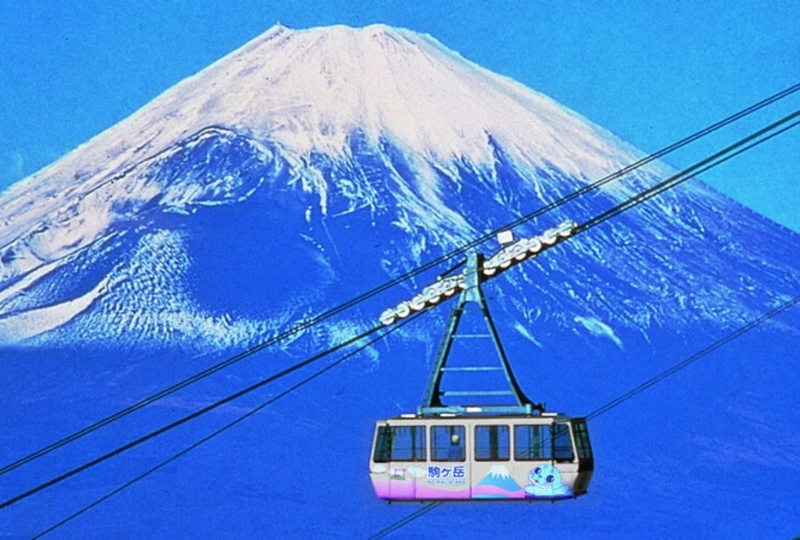
Nearby, the Mount Fuji World Heritage Center is an ideal stop for those who want to delve deeper into the cultural significance and natural history of this famous symbol.
Advanced Technology
Japan is renowned for its bright neon lights, high-tech robots, and strong commitment to innovation and creativity. As one of the most technologically advanced countries, Japan boasts impressive automation systems and modern engineering marvels.
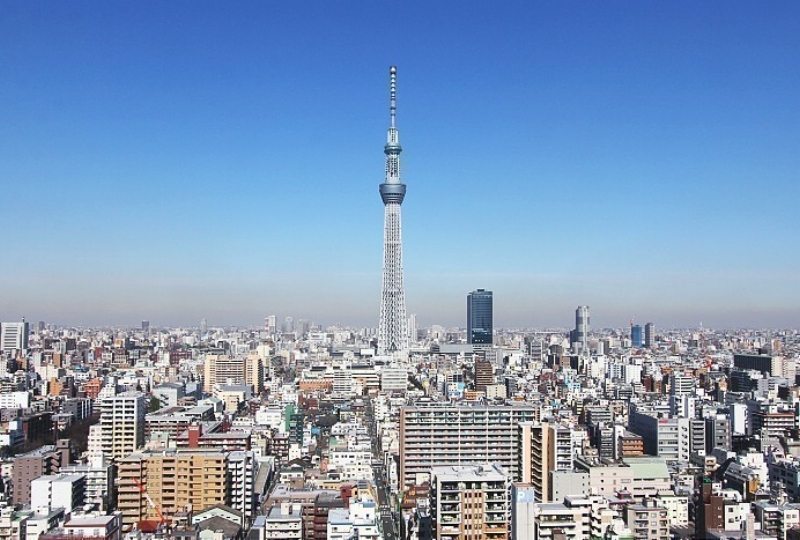
A prime example of Japan's innovation is the Tokyo Skytree, the tallest structure in the country. This modern building is earthquake-resistant thanks to its unique central core, which can absorb most shocks, inspired by the design of ancient temples.
To admire more creative and futuristic architecture, visit the Omotesando district, one of the most beautiful areas in Tokyo, or the Kyushu National Museum, a steel and glass structure that blends harmoniously with its surroundings.
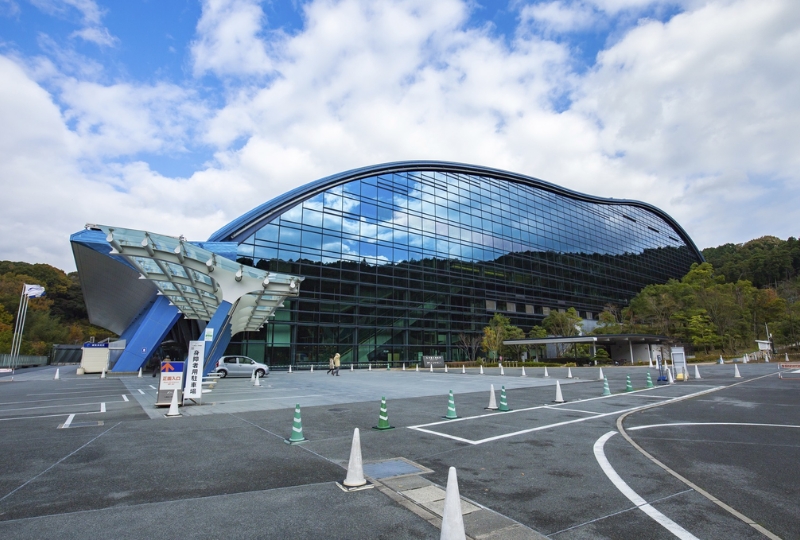
Across cities, especially Tokyo, you'll encounter enormous multi-story arcades. Even if you're not a gaming enthusiast, take some time to explore one. It's a striking experience with vibrant colors, flashing lights, lively sounds, and advanced technology, offering a futuristic and exciting feel.
When visiting Japan, be prepared for technology to be a part of every experience, from ordering lunch at restaurants via touchscreen to using one of the most efficient and punctual public transportation systems in the world.
Festivals

Oshougatsu Festival (Japanese New Year)
What is Japan famous for? Known as the land of festivals, Japan hosts nearly 30 major festivals throughout the year across various regions. These festivals reflect the diversity of Japanese culture and are deeply rooted in the spiritual traditions of the Japanese people. Some notable festivals include Oshougatsu (Japanese New Year), Hina Matsuri (Doll Festival), and Hanami (Cherry Blossom Viewing).
The Oshougatsu Festival, held from January 1 to 3, celebrates the New Year with traditional foods such as rice cakes, seaweed, dried fish, and long-life noodles. Hina Matsuri, celebrated on March 3, features families displaying Hina dolls and enjoying hishi mochi cakes and shirozake rice wine. Kodomo no Hi, or Children's Day on May 5, is marked by colorful koi carp streamers decorating the skies.
Hanami, from March to May, is the time when Japanese people and visitors enjoy cherry blossoms, often holding picnics with bento and sake. Bon Odori, from mid-July to early August, is a traditional dance festival featuring classical dance performances. The Otaru Festival (Otaru Tide Festival), held from July 26 to 28, is the largest summer festival in Otaru, Hokkaido, attracting over a million visitors each year with its spectacular fireworks and lively "Tide Furekomi" dance.
You can check out some photos from the Otaru Festival here:
Read more: Winter Festival Japan: A Snowy Spectacle of Tradition and Delight
Cherry Blossoms
Cherry blossoms, perhaps the most iconic flower of Japan, bloom everywhere in spring. The cherry blossom festival is a longstanding tradition in Japan, with many towns and villages hosting their festivals to celebrate this vibrant season.
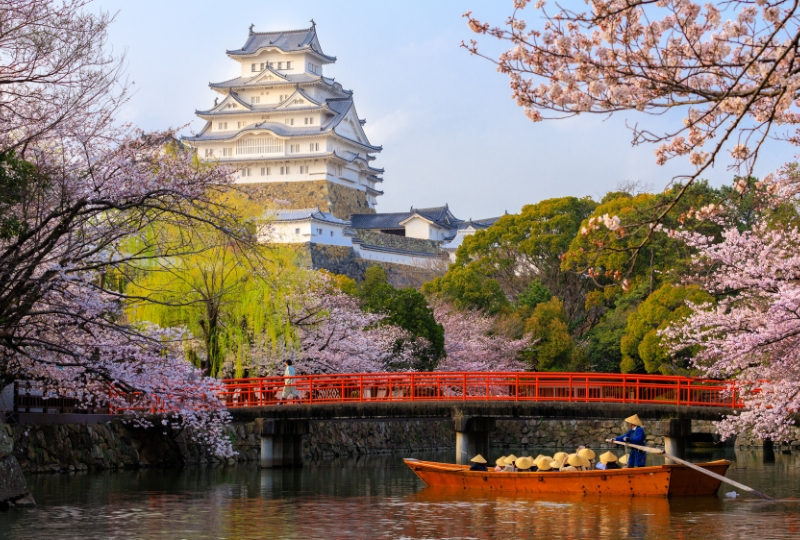
One of the most beautiful places to view cherry blossoms is Osaka Castle. Here, over 600 cherry trees adorn the Nishinomaru Garden, and with the castle illuminated at night, you can enjoy the beauty of the cherry blossoms even after dark. If you're near Fukuoka, the Fukuoka Castle Ruins is an ideal spot to stroll beneath the massive cherry trees while exploring the area that once served as an important political headquarters.

Chiran Peace Park in Kagoshima
Chiran Peace Park in Kagoshima is also a tranquil destination for strolling beneath cherry blossom trees. The trees here are nearly 50 years old, with some reaching over 20 feet in height, creating an impressive landscape.
Cherry blossoms bloom in March and April, so you can easily find clusters of cherry blossoms wherever you are in Japan. With their ability to thrive in various climates, cherry trees are found in parks across the islands from the far north to the far south of Japan. Take this opportunity to experience the stunning beauty of cherry blossoms during your visit to Japan.
Stunning Landscapes

You might be surprised to learn that Japan's landscapes are not limited to its land—its underwater world is equally impressive. Japan's seismic activity creates deep trenches and underwater rock formations, along with rich coral reefs. In the southernmost part of the country, you can snorkel or take a glass-bottom boat tour to explore vibrant coral reefs filled with fish, corals, and occasionally larger creatures like manta rays and sea turtles.
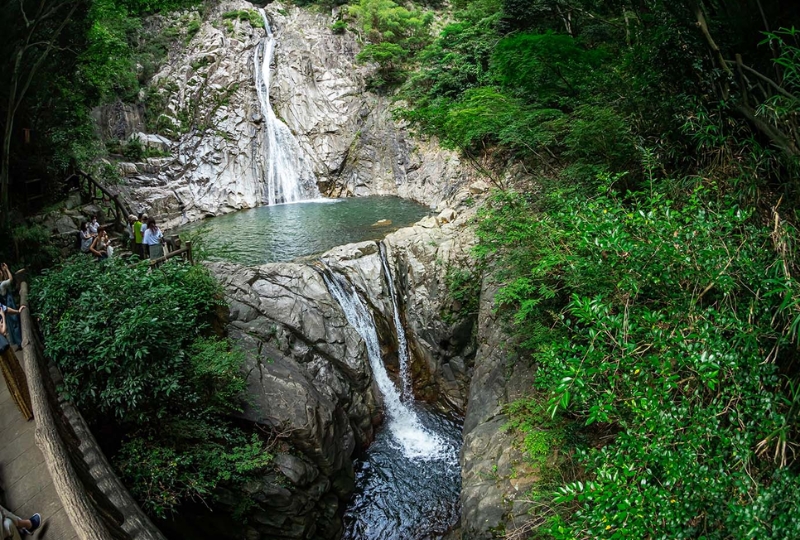
Nunobiki Falls in Kobe
Other breathtaking natural landscapes in Japan include Nunobiki Falls in Kobe, Ryugado Caves in Kochi, the "Hell Valley" (Jigokudani) volcanic caldera near Sapporo, and Mount Inasa in Nagasaki, where you can take a glass-walled cable car to the summit for stunning panoramic views.

Exploring these wonders will reveal the diverse and unique beauty of Japan, both above and below water. Prepare to be captivated by the surprises and marvels this country has to offer!
Beautiful Gardens
Japan is renowned for its stunning gardens, ranging from koi ponds and bonsai gardens to lush, expansive landscapes with large trees and hidden tea houses. Some gardens are meticulously maintained to complement the scenery of traditional homes, while others are public parks featuring souvenir stalls, shrines, and modern art. Each city in Japan boasts at least a few gardens worth exploring.

Shukkeien Garden
In Hiroshima, the stunning Shukkeien Garden, established in 1620, features koi ponds, bridges, temples, and lush greenery so vibrant you'll feel as though you've stepped into a living painting. In Kobe, Sorakuen Garden is a notable urban garden offering breathtaking views of the city.

Senganen Garden in Kagoshima is a superb example of a garden originally designed for private use outside a luxurious home. Built-in the mid-1600s by a powerful political family, the garden features everything from bonsai and bamboo pathways to Zen ponds and cherry trees.

Tea, of course, is a quintessential aspect of Japan, and traditional tea ceremonies are often held on tatami mats in gardens. At Hokokuji, just outside Tokyo, you can participate in a traditional matcha tea ceremony amidst bamboo gardens, offering a serene and refined experience.
Take the time to explore these gardens, and you'll understand why Japan is celebrated for its tranquil beauty and perfect blend of nature and humanity.
Sushi
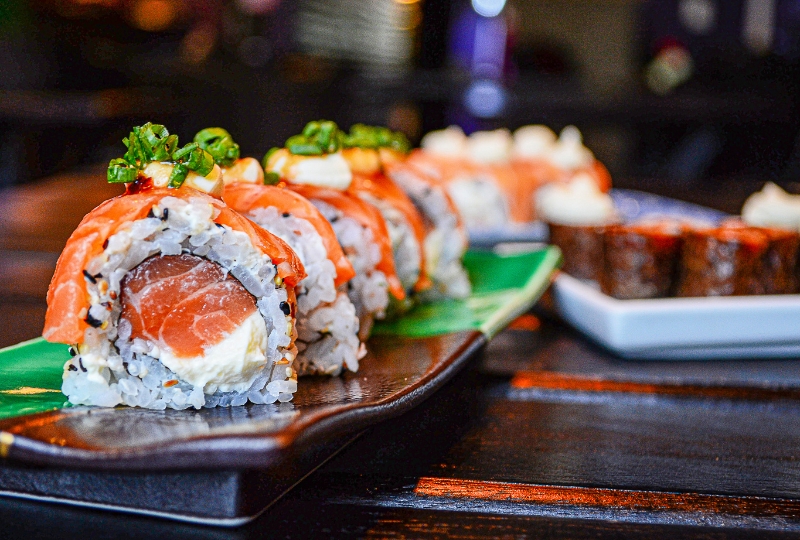
Japan is renowned for its distinctive cuisine, but perhaps its most famous dish is sushi. Originating centuries ago, sushi is believed to have appeared around the 4th century AD. By the 10th century AD, sushi had become a staple in traditional Japanese cuisine.
In the 1800s, as Japanese cities grew and workers needed quick and affordable lunches, sushi transformed from a luxury reserved for the elite into a more accessible food, quickly prepared at food stalls. Today, sushi has evolved into a rich world of choices, from sushi carts to upscale restaurants featuring a variety of fish and talented sushi chefs.

Sushi restaurants typically offer a range of dishes, from hand rolls (maki) to nigiri (rice topped with fish) and sashimi (raw fish). Sushi doesn’t always have to be raw fish; options like egg, tofu, and cooked selections are also popular and widely available.
From street-side sushi stalls to high-end dining establishments, sushi reflects the creativity and diversity of Japanese cuisine.
In addition to sushi, Japan offers many other delicious dishes. To ensure you don't miss out on these culinary delights, check out our article, "Niseko Food Delights: A Culinary Expedition Through Unique Flavors."
The Politeness of the Japanese

We all know that Japanese people are known for their politeness. In Japan, politeness goes beyond just saying "sorry" or "thank you." In Japanese, this concept is expressed as “teinei.” Teinei not only means politeness but also encompasses carefulness, thoughtfulness, kindness, and dedication.
Politeness in Japan is synonymous with respect: putting others first by offering them the biggest piece of cake, the best seat, or the central position in a photo. All of these actions are part of everyday politeness in Japan.

Politeness in Japan also means respecting other people's property: If it doesn’t belong to you, don’t take it. Just because something isn’t chained up doesn’t mean it’s yours. In Japan, the principle is not "finders keepers" but rather, if someone drops something on the sidewalk, the person who finds it will place it on a nearby post so that the owner can easily retrieve it if they come back.
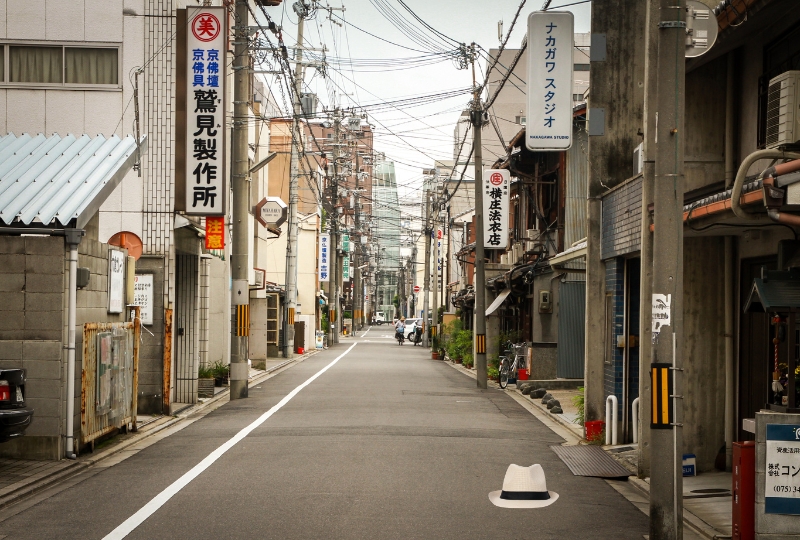
Politeness in Japan involves being a good citizen: Don’t litter, and if you see someone else littering, clean up their trash. Sweep the sidewalk or walkway in front of your home every day. Clean up leaves and trash from the gutters in your neighborhood. Take responsibility for the environment.
Modern and efficient public transportation
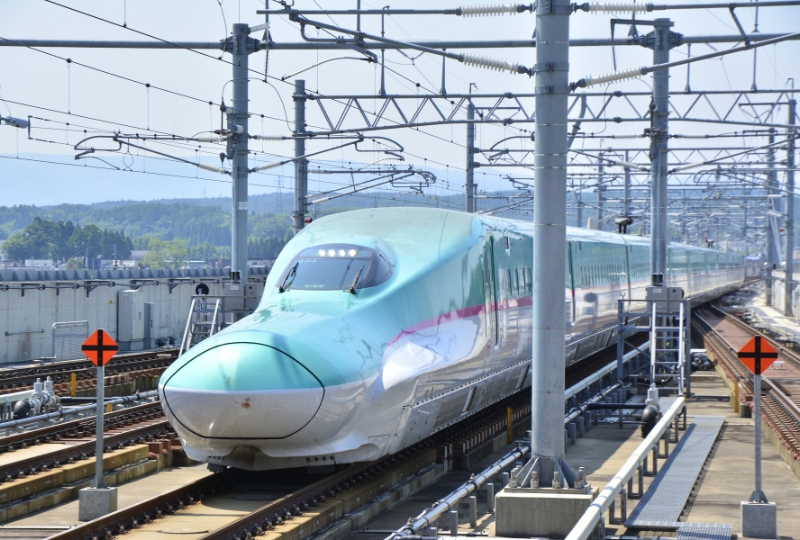
Japan is renowned for its modern and efficient public transportation system. The high-speed trains (shinkansen) are fast, clean, comfortable, and luxurious, with the journey from Tokyo to Kyoto taking only two and a half hours. Foreign visitors can use the Japan Rail Pass to travel on JR trains, including Shinkansen, with unlimited rides for 7, 14, or 21 days.
Buses are a good option for areas that are not easily accessible by train, such as Kamikochi in Nagano, where private cars are prohibited to preserve nature. Visitors can take buses from Matsumoto or Takayama, or highway buses from Tokyo, Kyoto, and Osaka. Mount Fuji also restricts private cars in the summer but allows electric vehicles on some routes.
Electric bikes and car sharing are also popular. Norikura Kogen can only be reached by bus in the summer and is Japan’s first Carbon-Free Park, offering many sustainable tourism activities. Okinoerabu Island (Okinawa) and the Goto Islands (Nagasaki) are pioneers in electric vehicle (EV) rentals.

Low Emission Bus
Low-emission buses are present, such as the low-emission buses to Oku-Nikko in Tochigi, and some trains in Tokyo and Kobe/Kyoto run on 100% renewable energy. JR East has tested hydrogen-powered trains, which are expected to be fully operational by 2030.
Using public transportation when visiting Japan ensures a convenient, efficient trip while contributing to the preservation of the country’s natural beauty.
What is Japan known for? Japan, with its perfect blend of tradition and modernity, is renowned not only for its stunning landscapes and rich culture but also for its continuous innovations in various fields, from cuisine to technology. From snow-capped peaks like Mount Fuji to serene gardens and captivating cherry blossom festivals, Japan consistently enchants and attracts visitors with its elegance and unique beauty.
Japanese cuisine, particularly sushi, has long become an integral part of global gastronomy, showcasing the Japanese skill and creativity in crafting dishes that are both delicious and artistic. Additionally, the ongoing advancements in technology and design, along with landmarks like Tokyo Sky Tree and historic gardens, reflect the country's progress and its dedication to cultural heritage.
Japan is an unmissable destination with a diverse and rich array of experiences, from natural wonders to cultural and technological achievements. The country continually reinvents itself while maintaining traditional values, offering every traveler an impressive and unforgettable journey.
Source: Celebrity Cruises






